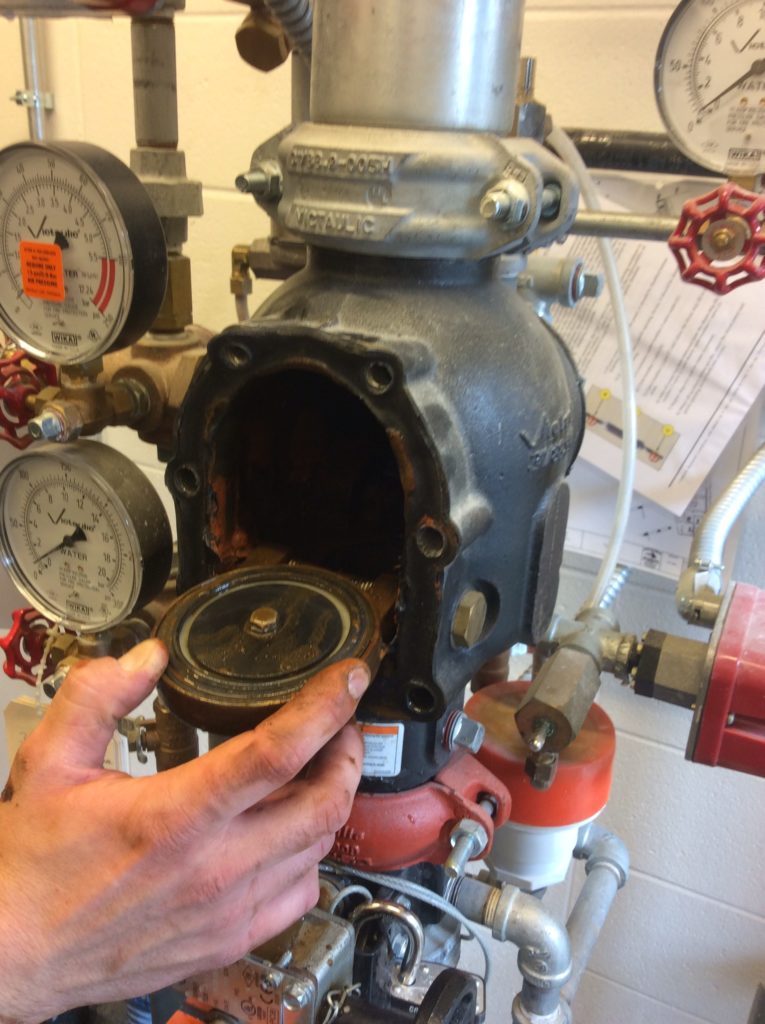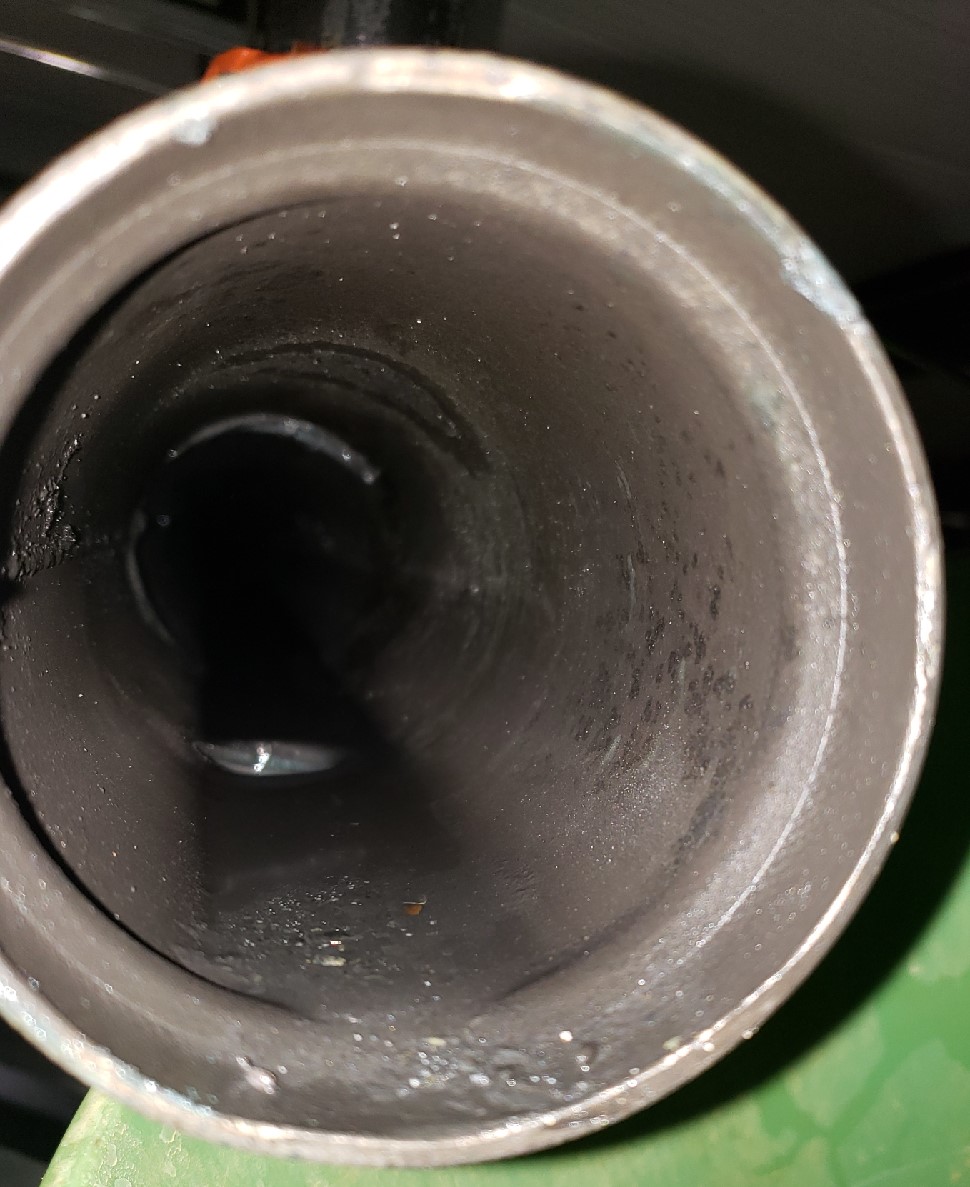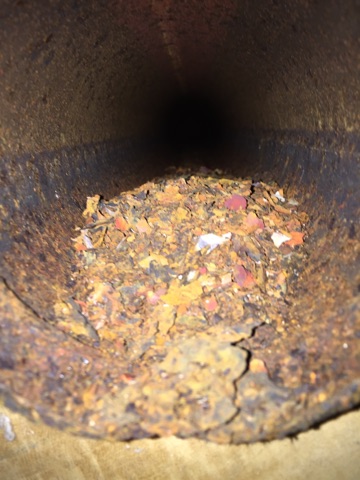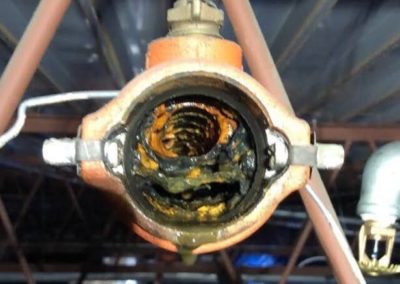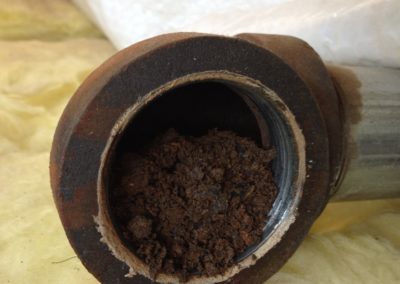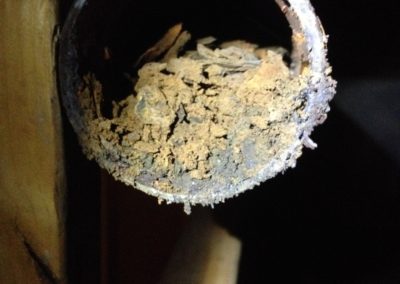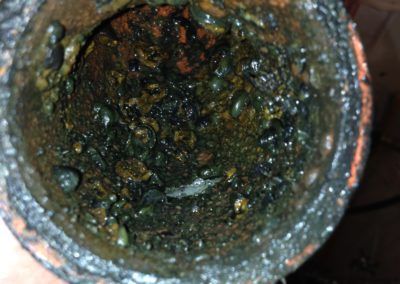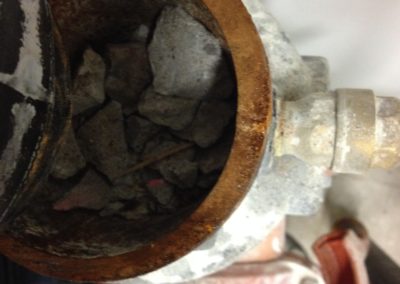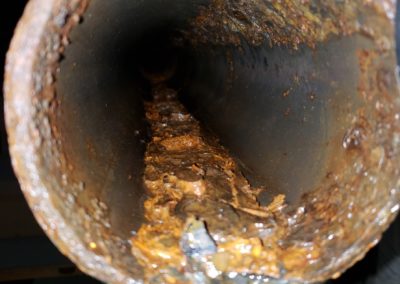5-Year Internal Inspections
When it comes to owning and managing a property, there are many costs associated with operations that you might not think about when you first acquire a building or it is added to your management portfolio. If your property is protected with a fire sprinkler system, there are several inspection, testing, and maintenance procedures that need to be performed on a regular basis to ensure you are in compliance and your system(s) will operate in the event of a fire.
Since there have been a growing number of cities and jurisdictions that have been starting to implement an online compliance engine, the fire marshal is starting to emphasize the correction of deficiencies that have been ignored in the past. The most common deficiency that has been ignored and now being pushed to have corrected is the 5-year Internal Inspection.
What is a 5-year Internal Inspection
The 5-year internal inspection is a routine, but less frequent inspection that is performed by examining the internal condition of fire sprinkler system piping. This is done by opening up the piping and visually checking the pipes, assessing their condition, and reporting on the findings. When we go out to a property to perform the 5-year internal inspection, we are going to look at a minimum of 4 different spots on any given sprinkler system, and we like to add a sprinkler head to our inspection for good measure.
- System Valve
- Riser
- Cross Main
- Branchline
- Sprinkler Head
New NFPA code allows for buildings having multiple wet systems, every other system to be inspected, rather than every single system. However, if it is found that there is significant buildup, all systems shall be assessed.
What are we looking for?
Mostly, we are looking to assess the internal condition of the piping to make sure the sprinkler system is not obstructed in any way. Sprinkler systems are designed to employ a system of piping that, when a fire occurs and a sprinkler head activates, water will flow through the piping and out through the open sprinkler head. If there is an obstruction in the sprinkler system, this could prevent water from reaching the open sprinkler head, rendering the sprinkler system useless and will not safely operate and control the fire. But you might be thinking, what could be blocking the water from getting through? Here are a couple of common reasons for blockage:
- MIC (Microbiologically Influenced Corrosion)
- Scaling
- Sludge
- Tubercules / Slime
- Other Foreign Organic & Inorganic Material
Examples of Blockage & Obstruction Found
Next Steps for Your System
While we are completing the inspection, we will take pictures of each area that we inspect to document and report our findings. Once we have compiled our findings, we will put together a summary of the inspection and put together a recommended approach to any corrective action if needed. If an obstruction is found, a full system flushing and further obstruction investigation will be required. Typically, when MIC is present, we will fill the sprinkler system with a specific MIC treatment solution to attempt to contain the spread and prevent the growth from taking over the system. When MIC is not present, the typical solution could be to flush the system, investigate other areas of the system further, and determine whether sections of pipe can be replaced without replacing the entire system. Finally, with sprinkler systems that have advanced MIC and extreme obstruction, scaling, or corrosion, full system replacement is the last option that we would pursue. We will do everything we can to exhaust all of our options before recommending full system replacement. Full system replacement is very costly, so whatever we can do to save you money in the long run, we will work with you to find the best solution.
Give us a call to schedule a 5-year internal inspection of your fire sprinkler systems. It can be the difference in catastrophe and safety. Don’t take a chance by leaving your sprinkler system unchecked. You can contact our service department for our next available appointment.

